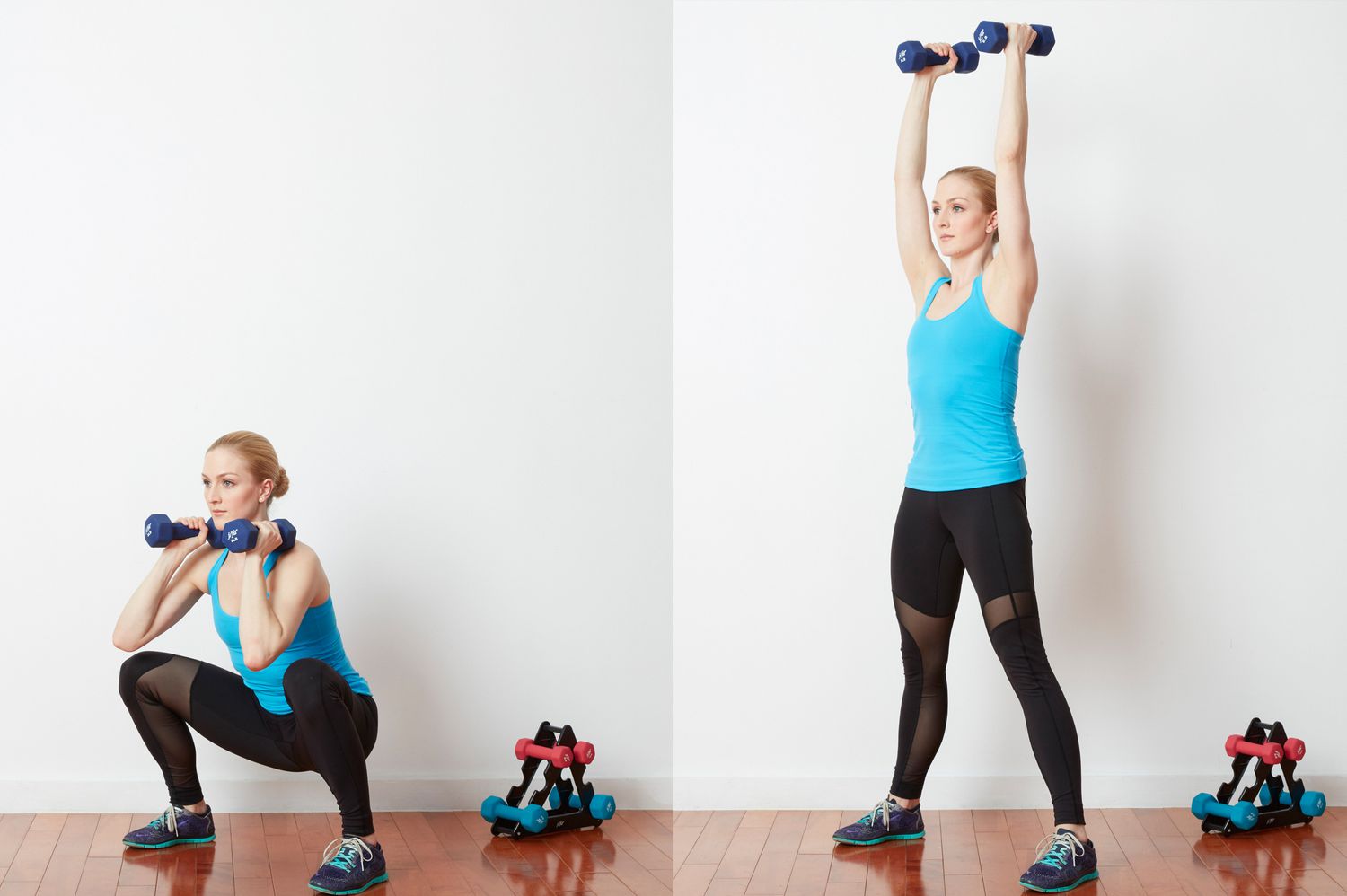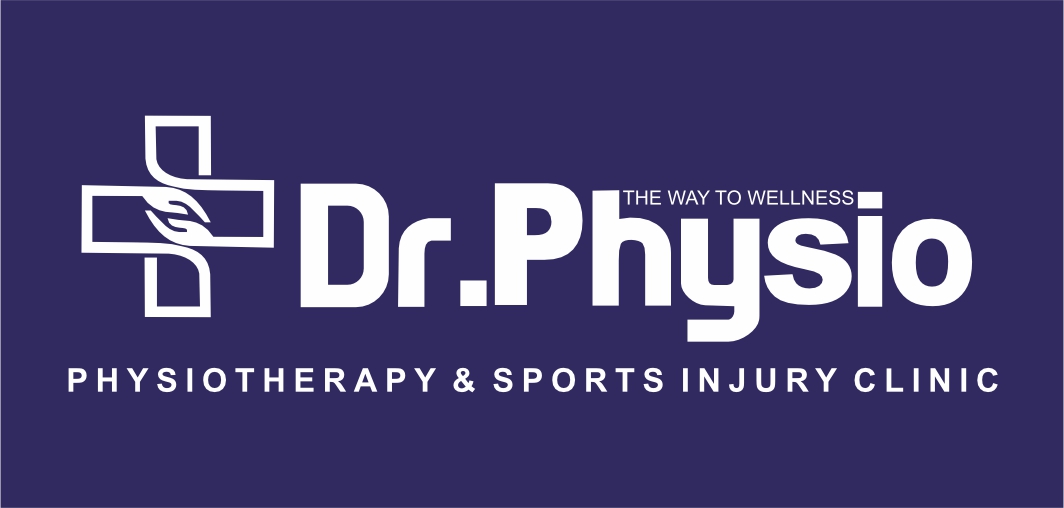+918048039022

This is your website preview.
Currently it only shows your basic business info. Start adding relevant business details such as description, images and products or services to gain your customers attention by using Boost 360 android app / iOS App / web portal.
Physiotherapy during Navratri can be highly benefi...

Physiotherapy during Navratri can be highly beneficial, especially considering the physically demanding activities associated with the festival. Navratri often involves prolonged dancing (Garba or Dandiya), fasting, and sometimes changes in routine, which can affect the body. Here are some specific benefits of physiotherapy during this period: 1. Preventing Injuries Muscle Strain Prevention: Physiotherapy can help strengthen muscles, improve flexibility, and correct posture to prevent strains and injuries during prolonged dancing. Warm-up and Cool-down Techniques: A physiotherapist can teach appropriate warm-up and cool-down exercises to prevent muscle stiffness and soreness after Garba or Dandiya. 2. Improving Endurance Strengthening Exercises: Physiotherapy can help build endurance through targeted exercises, making it easier for individuals to participate in continuous dancing without fatigue. Breathing Techniques: Physios can also guide breathing techniques to improve stamina and manage energy levels. 3. Posture Correction Postural Assessment: Dancing in repetitive patterns can cause poor posture. Physiotherapists can assess and correct postural imbalances, reducing the risk of long-term musculoskeletal issues. Spine Care: Prolonged standing and dancing can put stress on the back. Physio treatment can relieve back pain and maintain spinal health. 4. Managing Fasting Effects Nutritional Guidance: Although not a direct part of physiotherapy, some therapists provide tips on maintaining muscle health during fasting, as reduced food intake can affect energy levels and muscle recovery. Dehydration Management: Dehydration during fasting can affect muscle performance. Physiotherapists can offer strategies to stay hydrated and maintain electrolyte balance. 5. Pain Management Addressing Soreness: Physiotherapy can help manage muscle soreness or joint pain that might occur due to excessive dancing or overuse of certain muscles. Therapeutic Modalities: Techniques like massage therapy, ultrasound therapy, or TENS (Transcutaneous Electrical Nerve Stimulation) can help alleviate discomfort. 6. Enhancing Flexibility Stretching Programs: Physiotherapists can design stretching programs tailored to individuals participating in Navratri dancing, improving flexibility and reducing the risk of injury. Joint Mobility: Ensuring proper joint mobility can make dancing more enjoyable and less stressful on the body. 7. Rehabilitation Post-Injury In case of any injuries during the festivities, physiotherapy can accelerate the recovery process and help individuals return to their normal routine quickly. 8. Reducing Fatigue Energy Conservation: Physiotherapists can teach pacing strategies to conserve energy, reducing overall fatigue from long hours of activity. physiotherapy during Navratri can make the festival safer and more enjoyable by enhancing performance and reducing the risk of injury.

